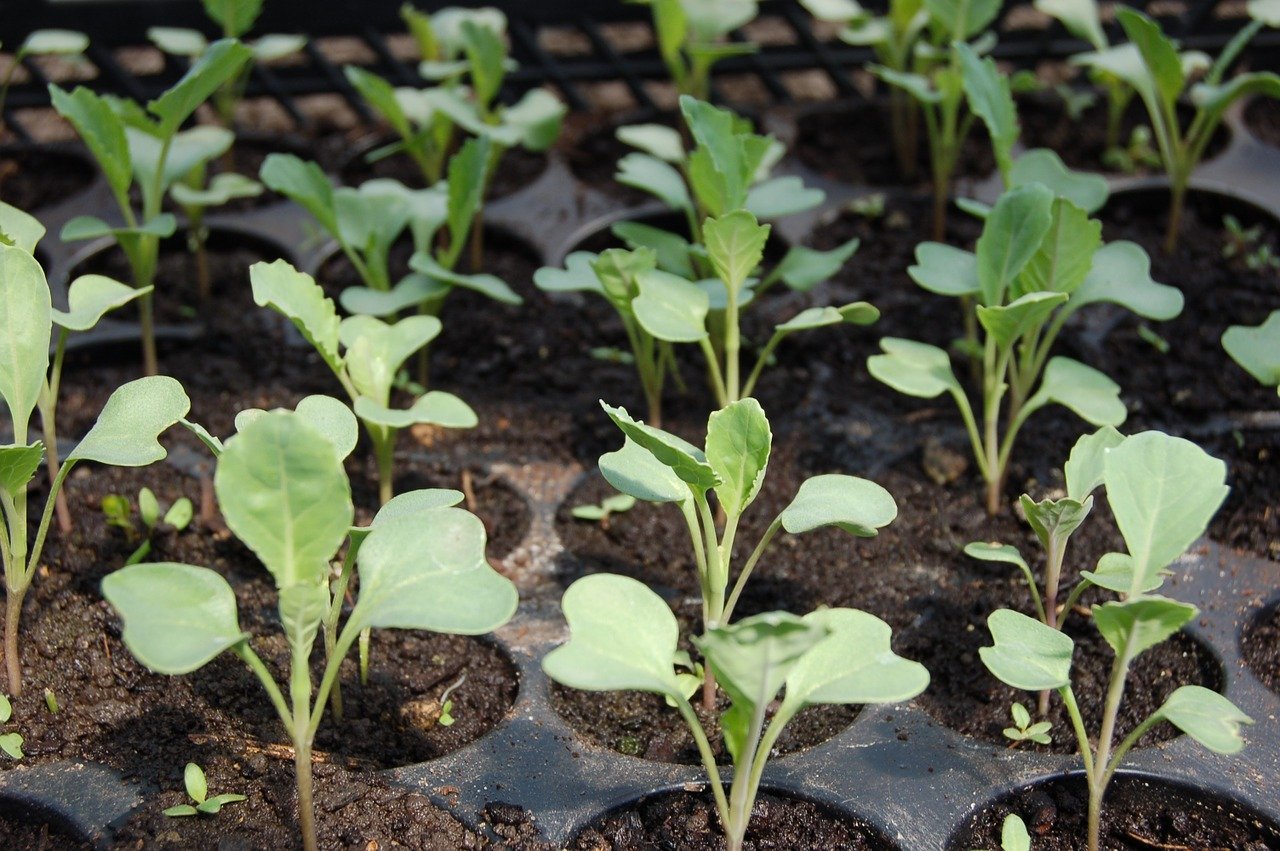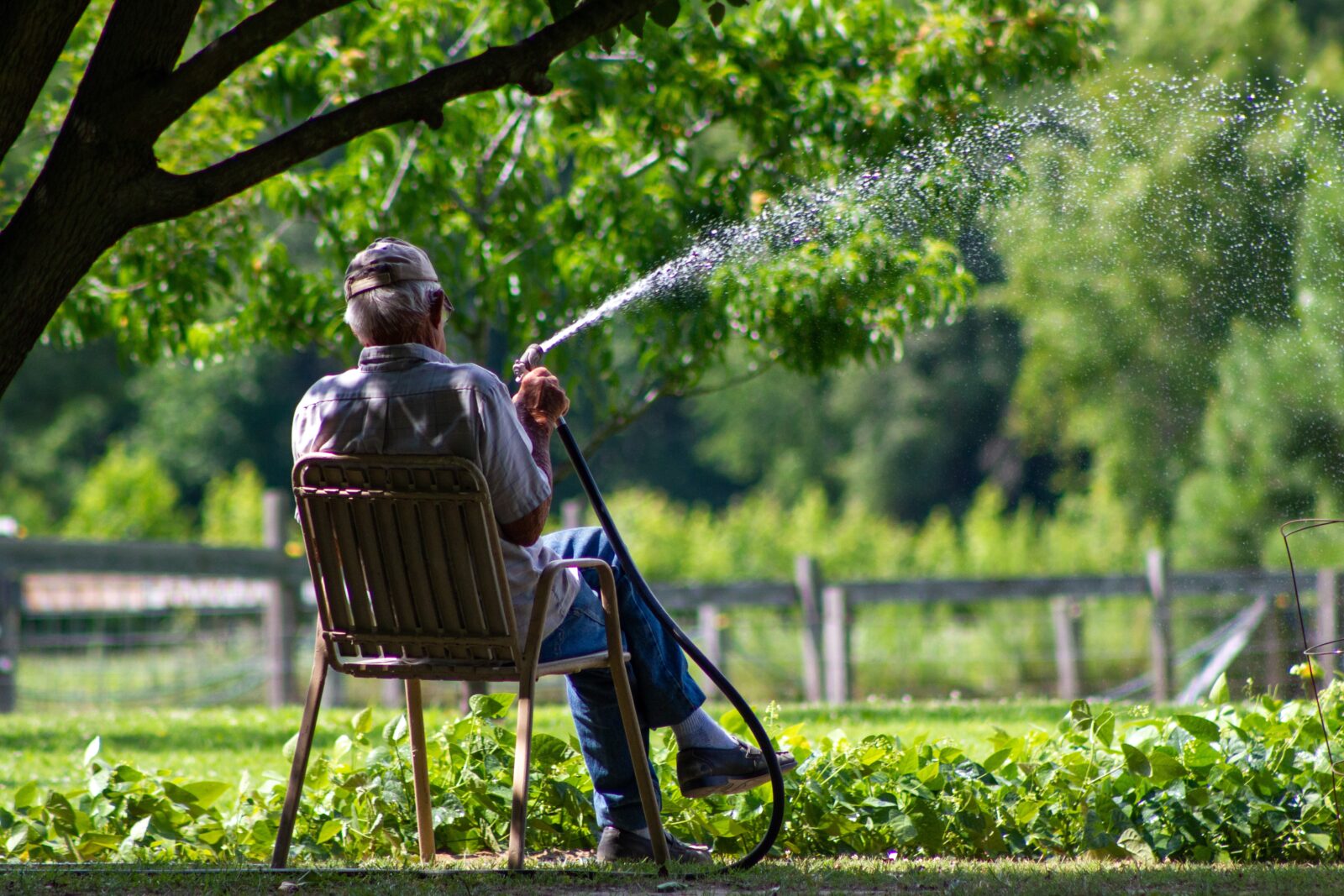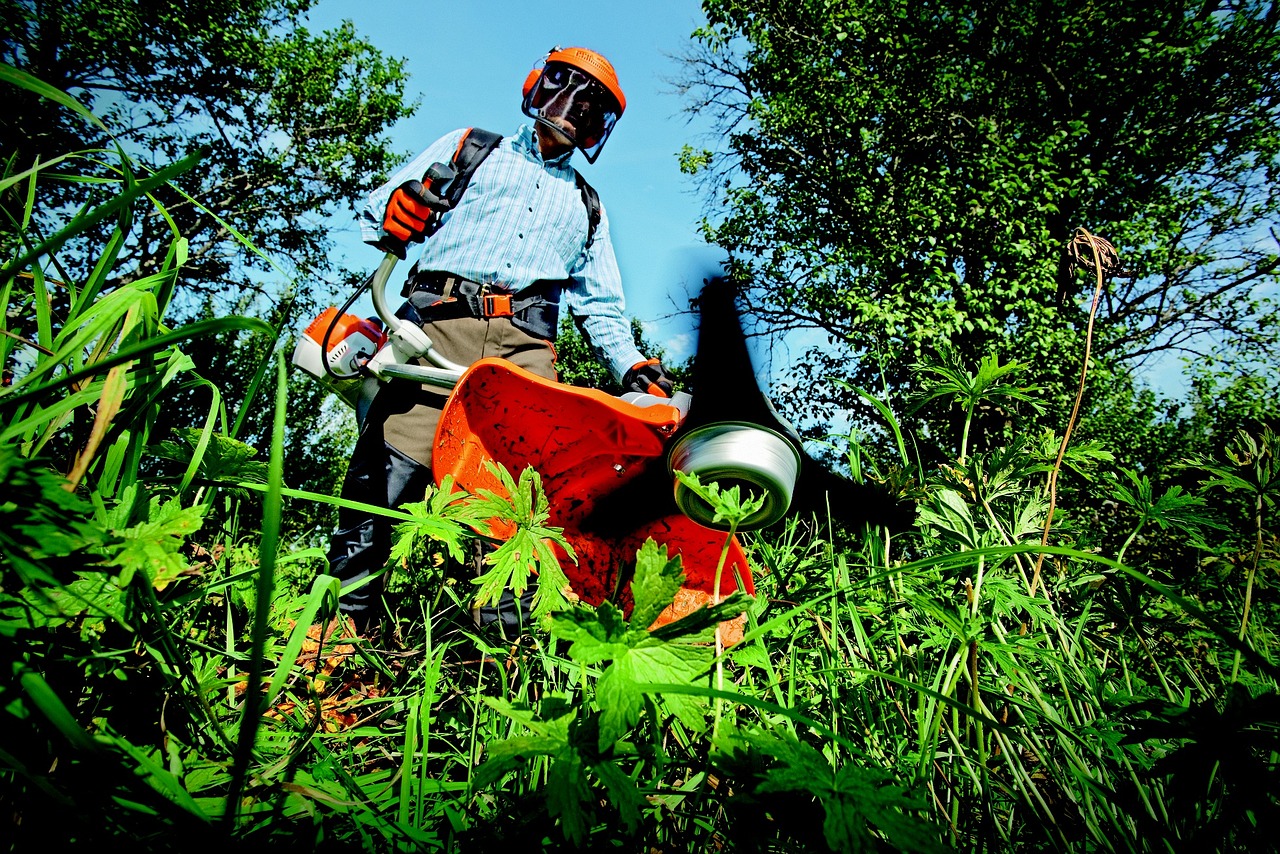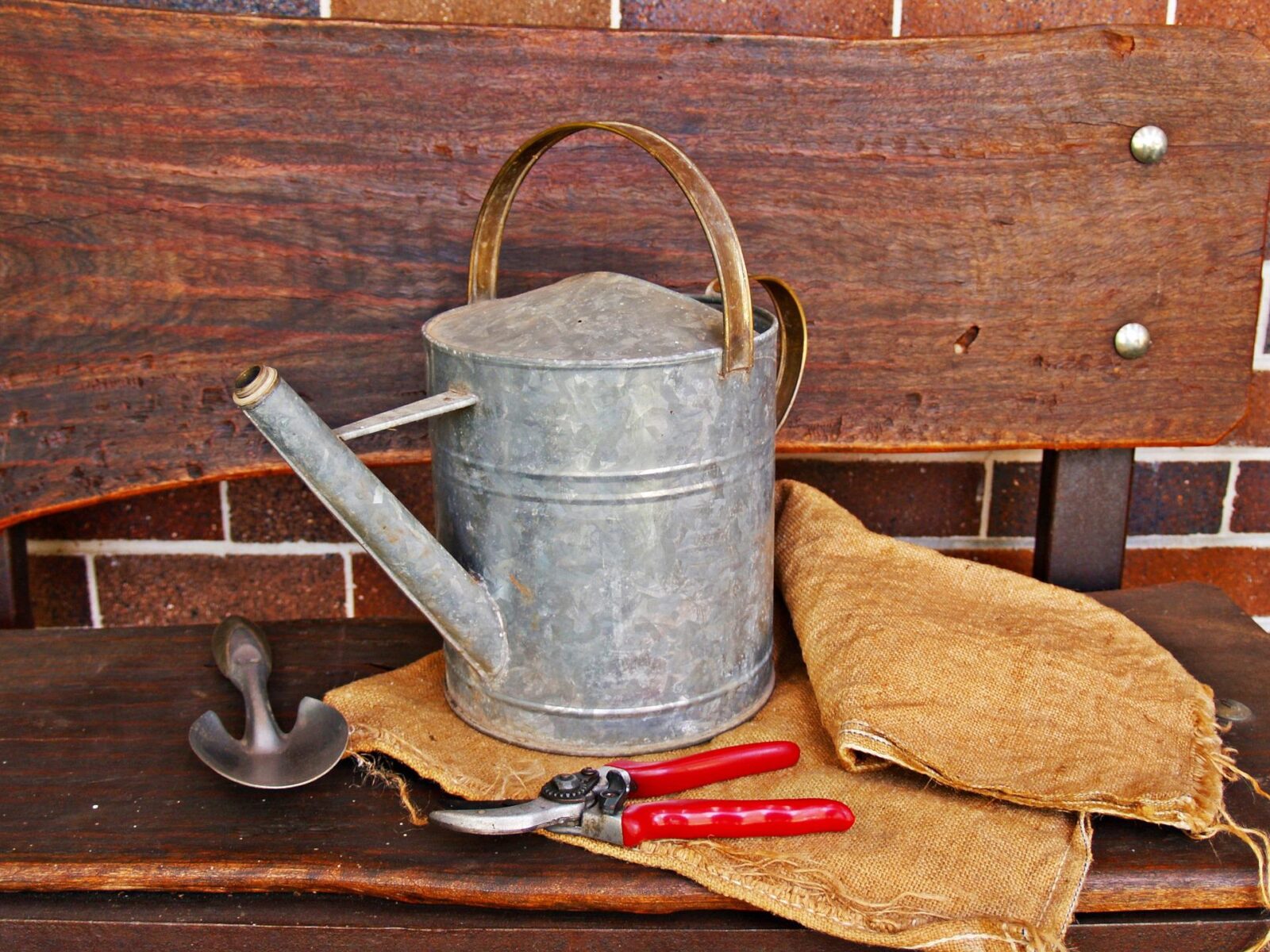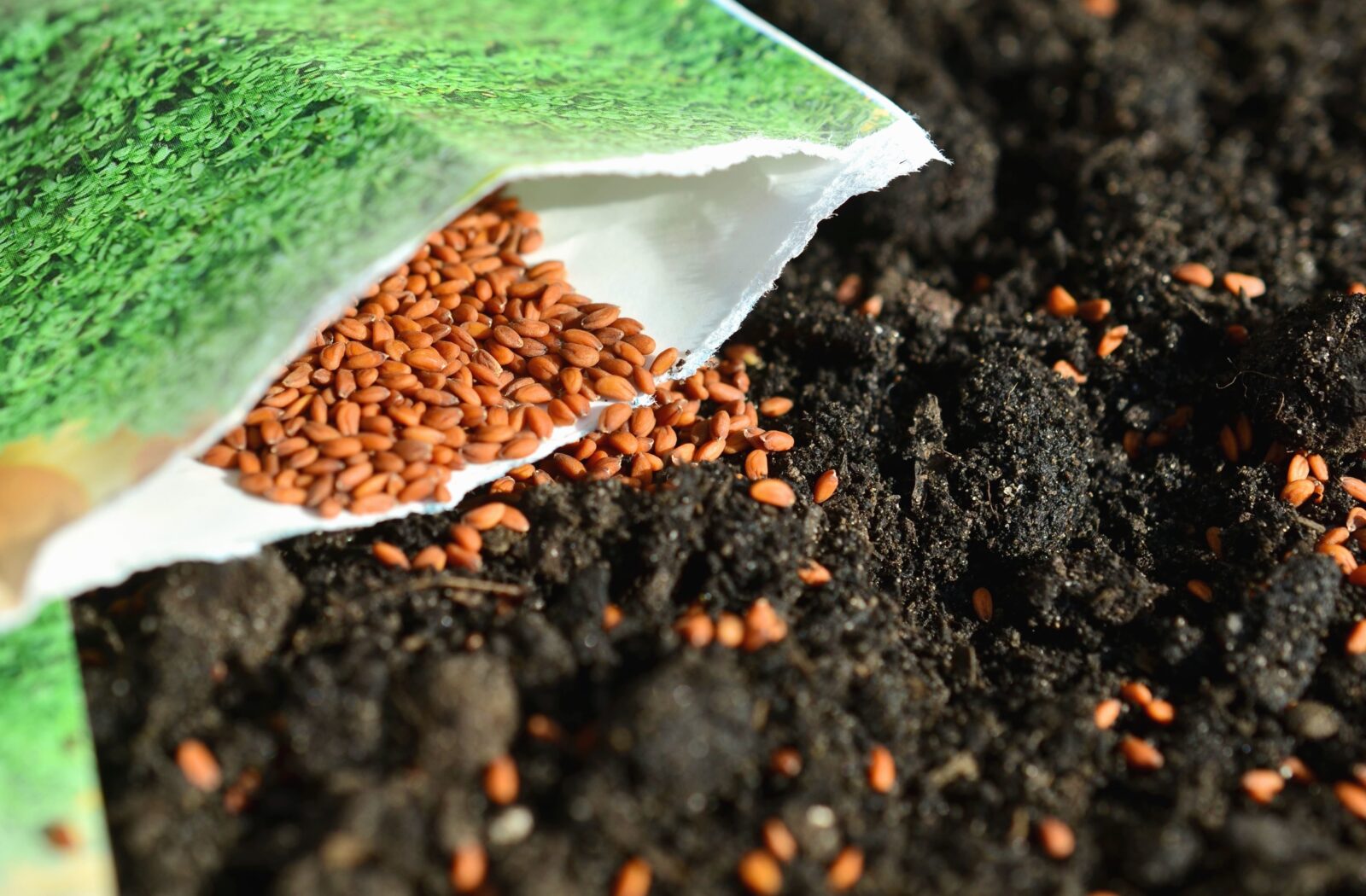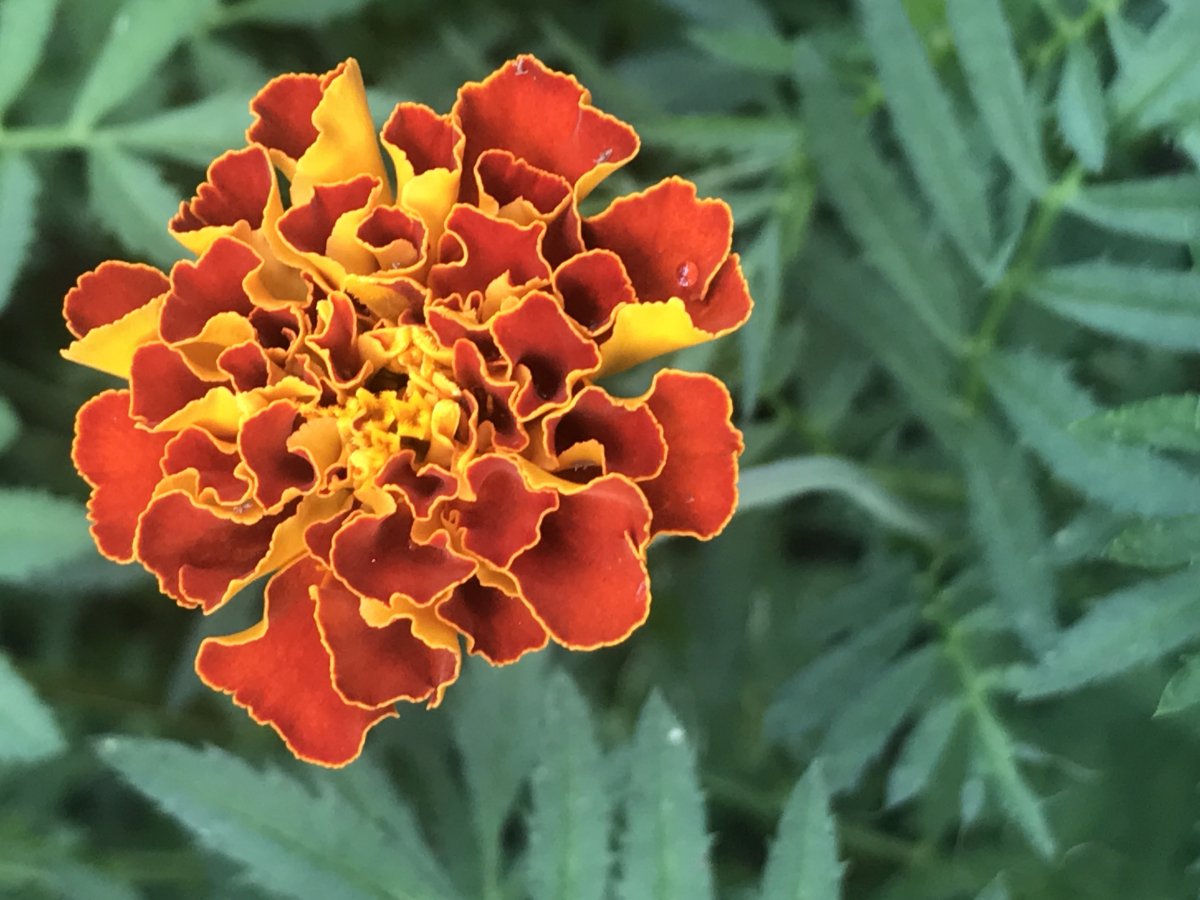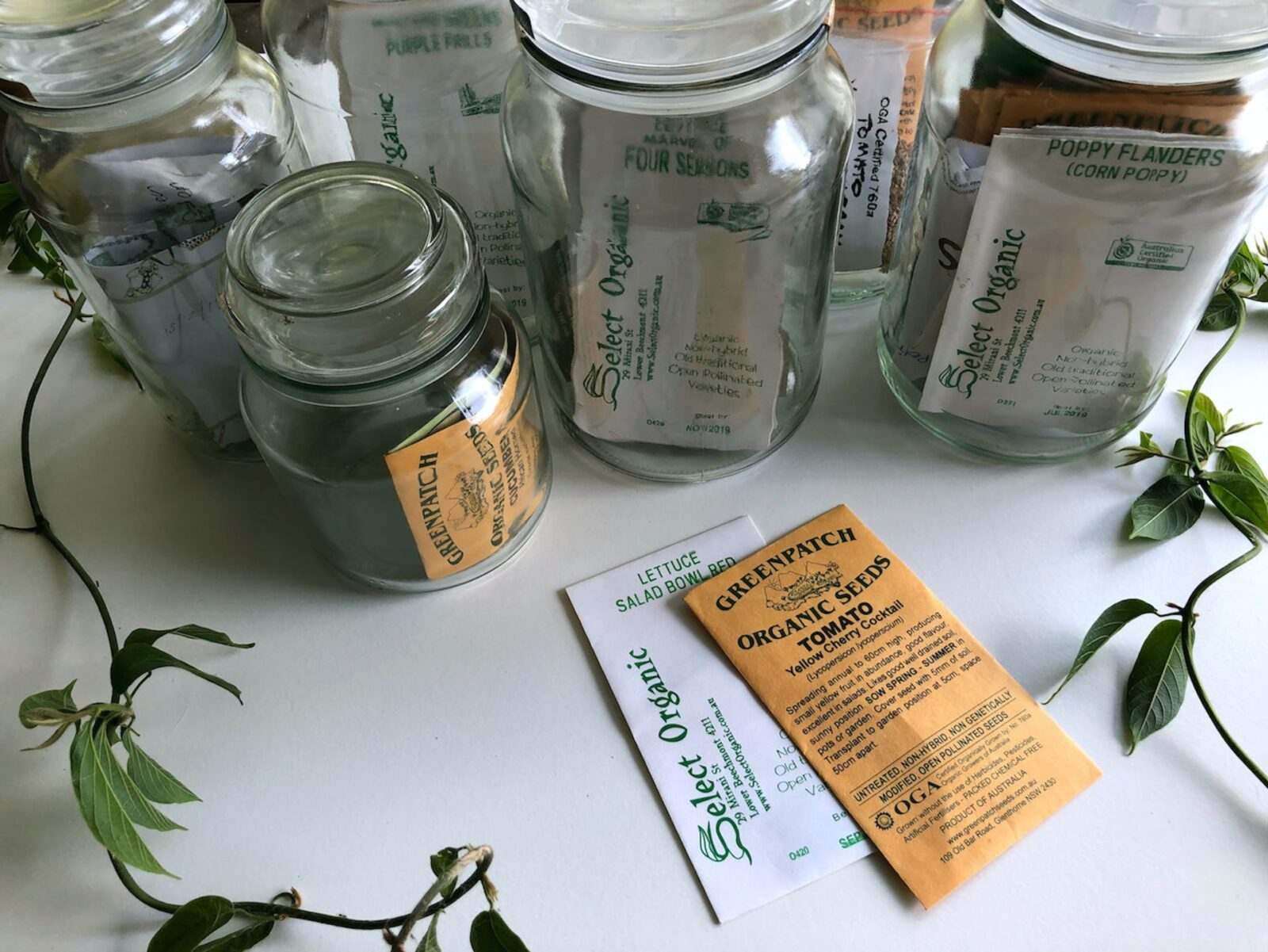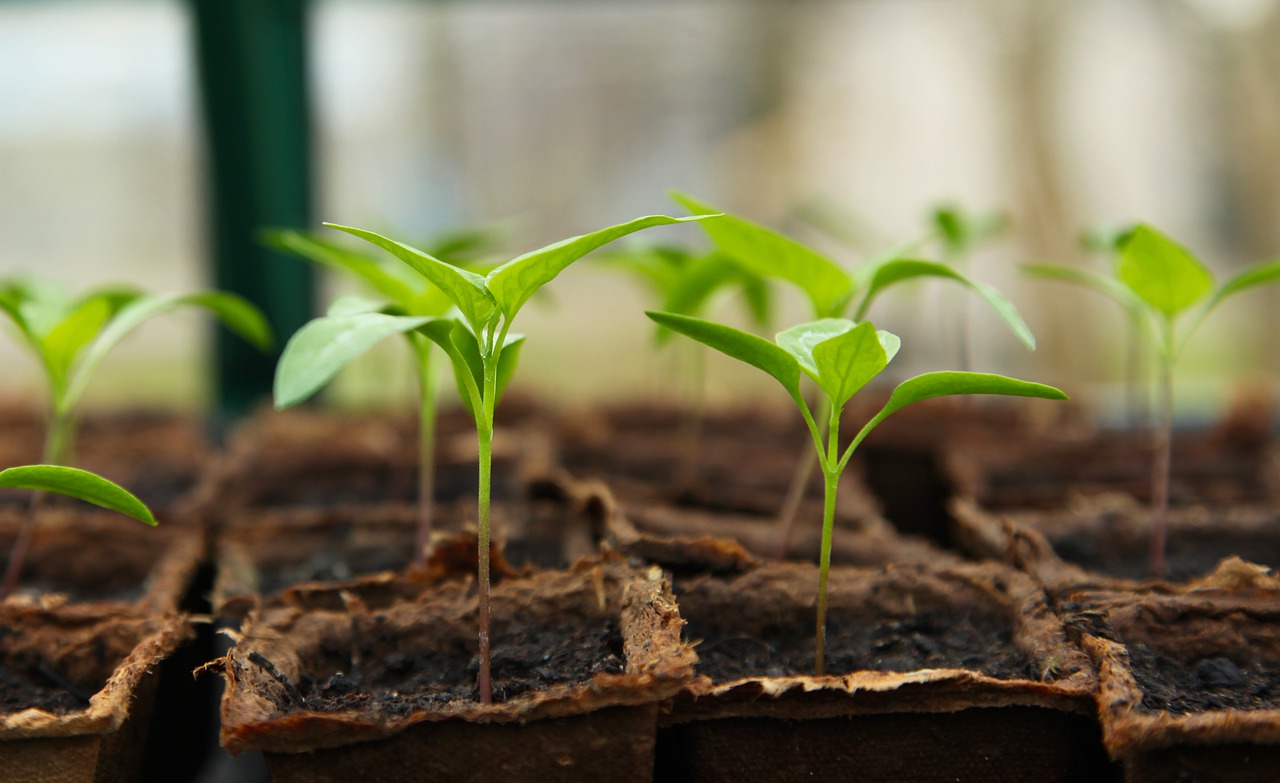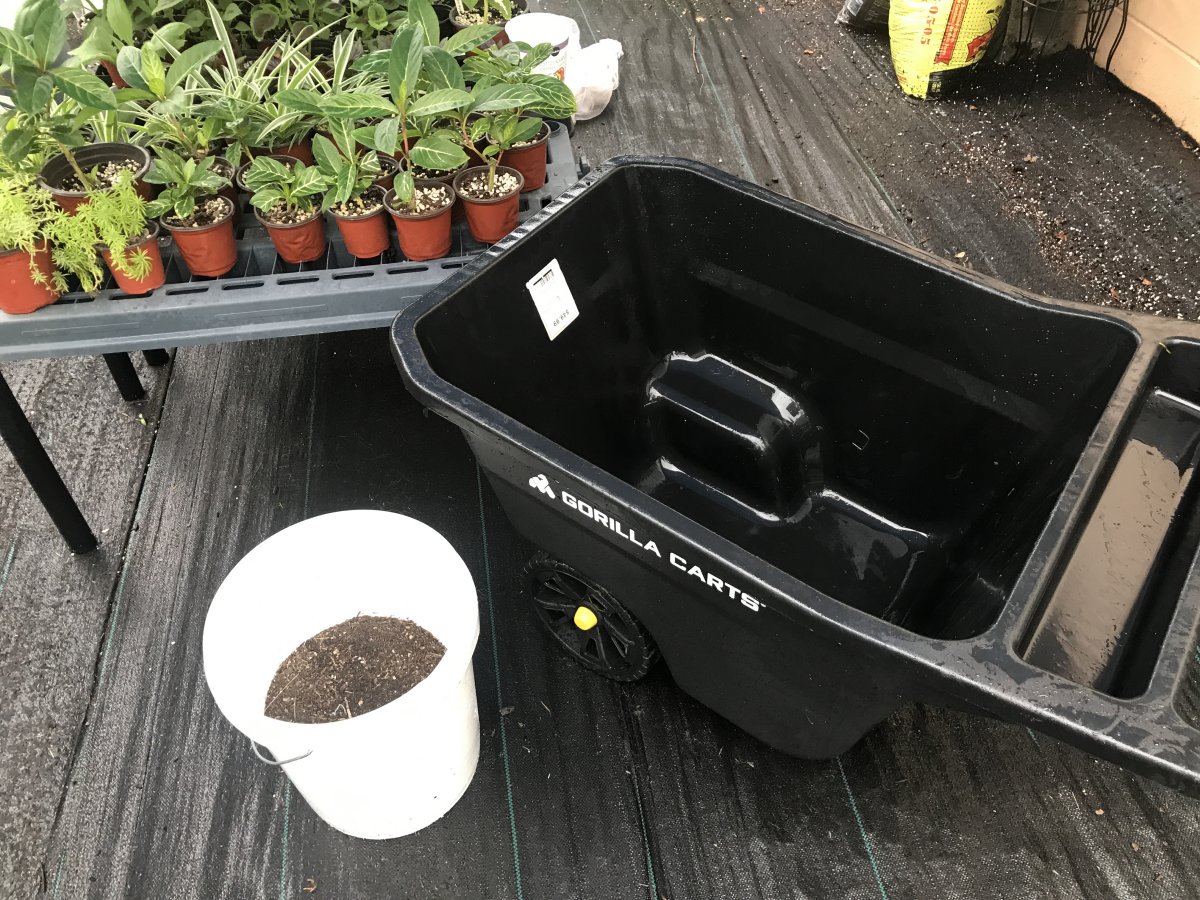Depending on where you live, you may already be planning your spring garden. Here in Zone 10a, I’m starting seedlings now to plant out in mid-February. But, I’m running low on seed trays, so I’ve been shopping around to see what direction to go in this year.
It’s that time of year, again! It’s the holidays, and for most people, thoughts of the garden are far off.…
There’s something about dads who work outside even after they’ve worked at a job all day. My dad was like…
Gardening in the South and Subtropics can be a struggle. Along with some crazy weather, we’re also so off-step with…
It’s only June, but you’ve already filled your garden to the brim with summer vegetables and herbs. The flower borders…
Southern gardens are plagued by insect pests and harsh growing conditions. And even in other parts of the country, gardeners…
I’m an obsessive seed collector. It’s probably pathological. I’ll buy them from the corner dollar store on sale, or at…
You’ve seen them on YouTube, right? All those market gardeners when their beaucoup cool soil blockers? You may have even…
Have you ever thought about making your own potting soil? That stuff at the big box stores is expensive, and…
It’s been a tough year for Florida gardeners. Despite some perfect weather, 2020 lockdowns made it impossible to venture out…
